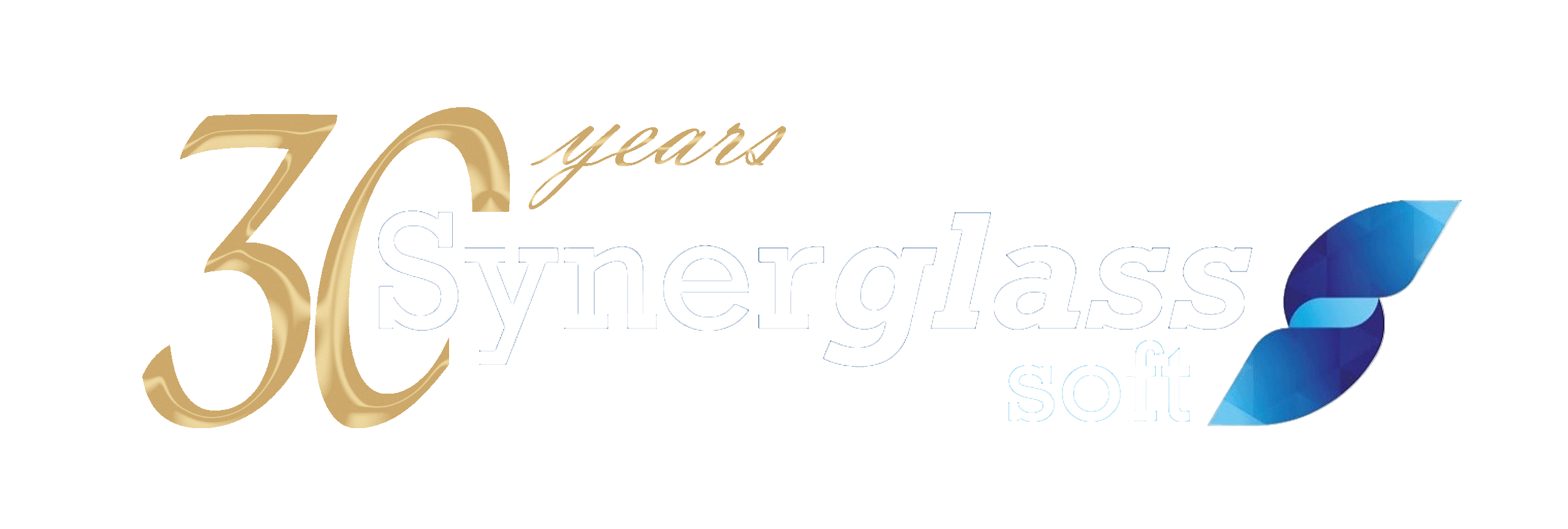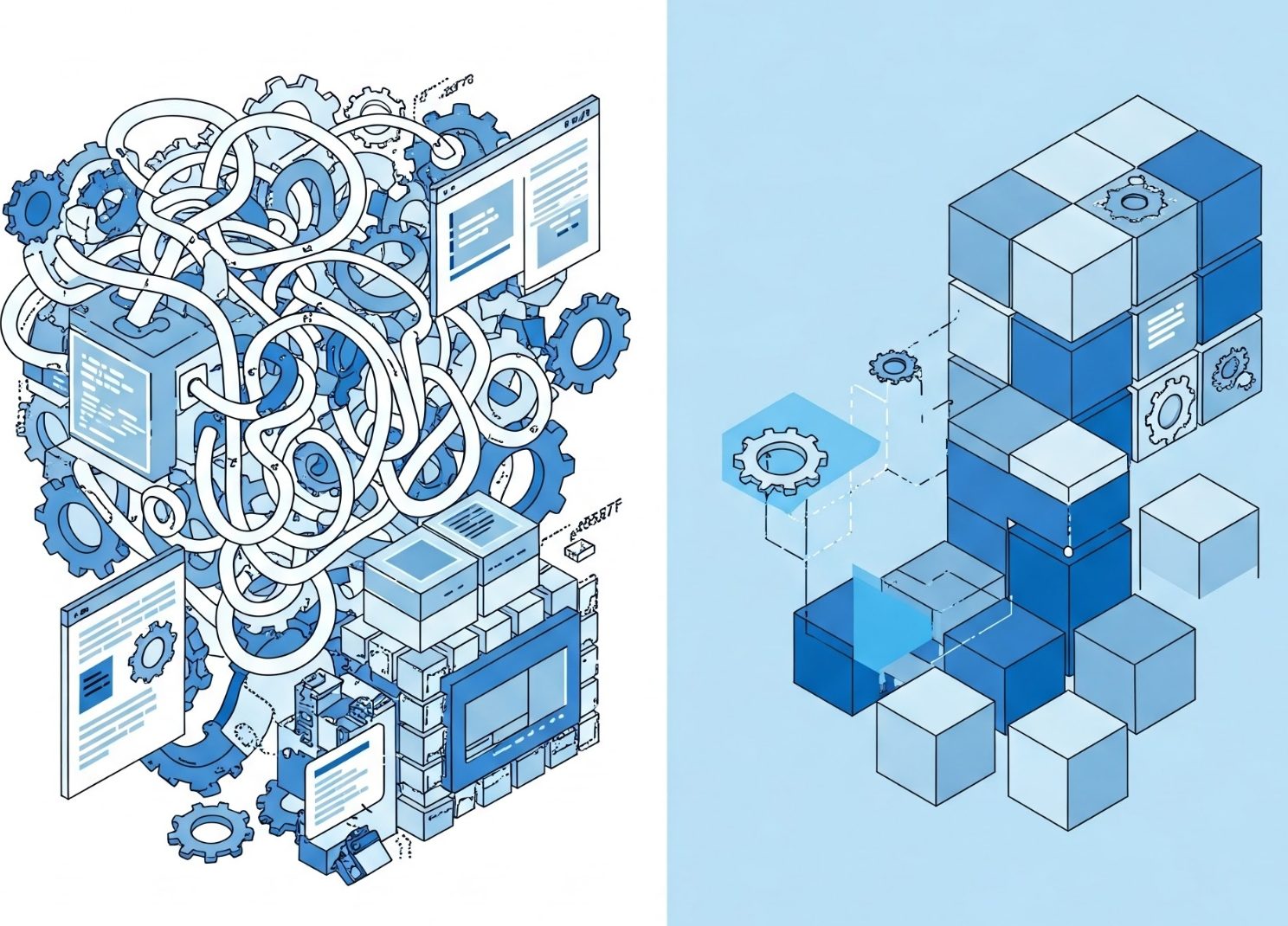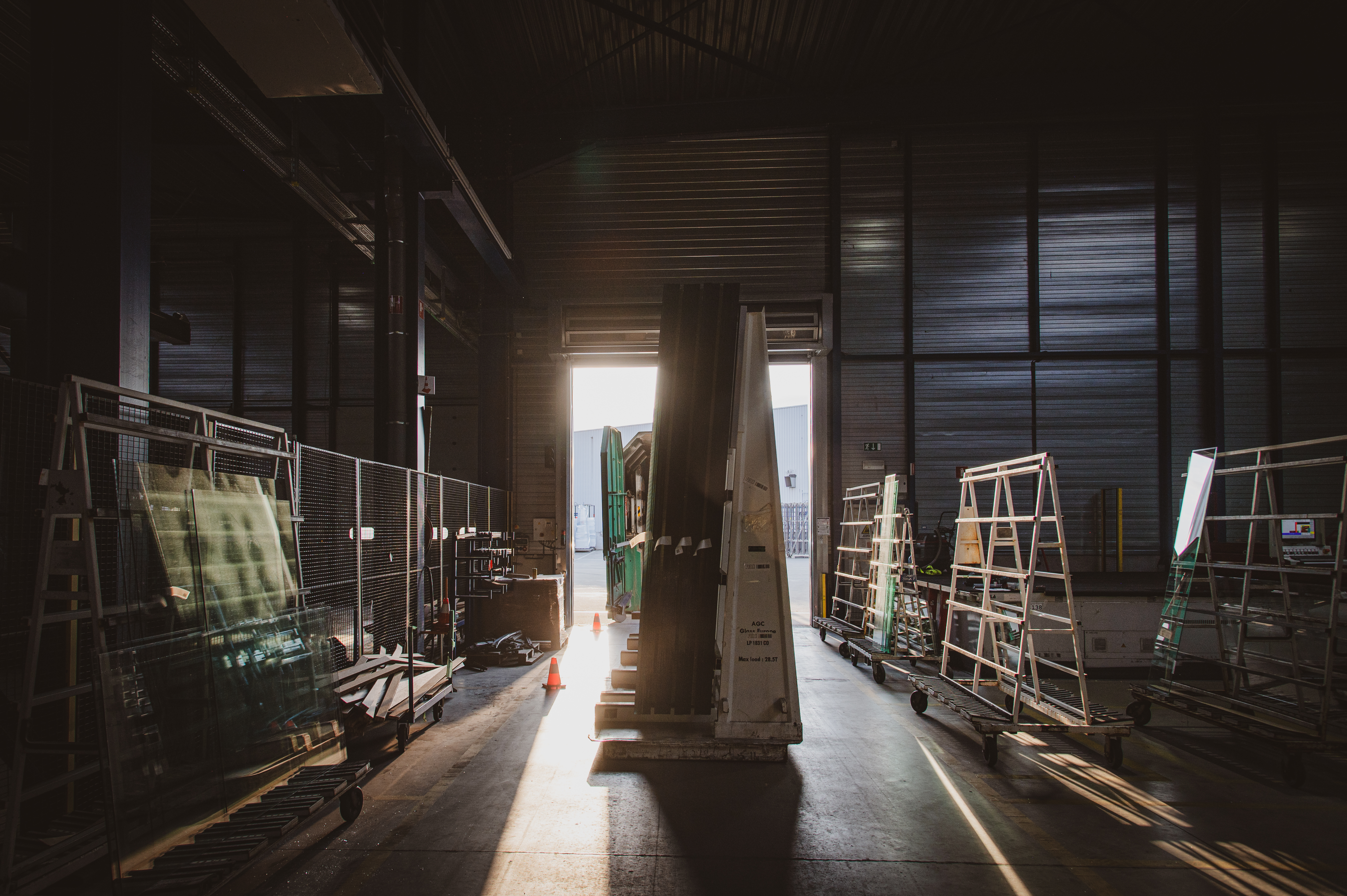Have you ever wondered why, despite your best efforts, certain stages in your production process consistently slow down, causing delays and increased costs? Did you know that manufacturing bottlenecks can slash productivity by up to 40%? (source: Throughput) That’s a huge chunk of potential output just vanishing into thin air. This challenge is even more pronounced in glass processing, where delays in cutting or tempering can disrupt tightly coordinated workflows and lead to costly rework or missed deadlines.
If you’re a glass processor, you’ve likely faced cutting delays, tempering backlogs, or last-minute shipping rushes that slow everything down. These bottlenecks don’t just frustrate teams; they chip away at your profits.
From our deep experience in the glass industry, we know that detecting bottlenecks is often more challenging than fixing them. Glass manufacturing involves unique constraints – working with fragile, high-value materials, adhering to tight tolerances, and balancing capacity across machines with vastly different speeds. At Synerglass-Soft, we’ve developed solutions with glass processors of all sizes to help streamline their workflows and eliminate inefficiencies.
In this article, you’ll learn how to pinpoint bottlenecks with precision and adopt actionable strategies to resolve them. By the end, you’ll walk away with clear steps to increase efficiency and reduce production delays.
What are production bottlenecks, and how can production monitoring help?
What are production bottlenecks, and why do they matter?
A bottleneck is a stage in your production line where work slows down or stops, creating a backlog that impacts the entire workflow. In glass processing, common bottlenecks include:
- Cutting table delays: Slow cutting processes might occur because the glass sheets are not arranged efficiently for cutting, or due to poor sequencing of different glass types based on their thickness and shape.
- Tempering line downtime: Limited capacity or unexpected breakdowns disrupt schedules, creating backlogs.
- Manual processes: Steps like manual glass handling or visual inspections often introduce inefficiencies, slowing down production.
Think of a bottleneck as a clogged pipeline – slowing the flow of orders and disrupting downstream processes. For example, imagine a cutting machine that can’t keep up due to inefficient nesting, leaving uncut glass sheets stacking up. This delays the tempering process, creating a backlog that impacts the entire production schedule.
Understanding production monitoring: the key to resolving bottlenecks
At its core, production follow-up involves the continuous monitoring and analysis of workflows to ensure every stage of production operates as expected. In the glass processing industry, where precision and timing are critical, production monitoring tools are indispensable.
Tools like Symbiose offer real-time visibility into key metrics such as cycle times, equipment utilization, and order progress. By continuously monitoring production stages, these tools help detect bottlenecks early, analyze delays, and ensure a smooth workflow.
Production follow-up provides real-time tracking of production stages, equipment utilization, and process efficiency. In glass manufacturing, this means monitoring production orders as they move through different stations, ensuring each step aligns with delivery schedules.
Identifying bottlenecks in your production process
Identifying bottlenecks requires careful observation and analysis. Here are the telltale signs:
- Backlogs or piles of work: Are piles of unfinished glass sheets or stacked panes a familiar sight? These backlogs are telltale signs of bottlenecks. In glass processing, this might appear as stacks of uncut sheets or finished panes waiting for final inspection.
- Idle time: Do your operators experience frequent idle time between batches while waiting for tempered glass to cool? This points to inefficiencies in cooling workflows.
- Extended cycle times: Certain processes consistently take longer than planned, delaying the next steps.
- Increased error rates: Rushed operations caused by upstream delays often lead to mistakes or defects.
With production follow-up tools, these patterns are easier to spot. For instance, visual dashboards can show cycle time trends or highlight machines experiencing frequent idle periods.
Tip: Glass processors often encounter bottlenecks at cutting due to inefficient nesting patterns or outdated machinery. Upgrading to automated systems or optimizing cut layouts can significantly reduce delays.
Pinpointing the root causes of production bottlenecks
Once you’ve identified a bottleneck, the next step is to uncover its root cause. This process involves a combination of data analysis and hands-on investigation:
- Analyze cycle times: Use production data to identify stages taking longer than expected.
Production follow-up systems provide detailed cycle time data for every stage, helping you quickly identify which processes deviate from the expected timings.
- Conduct floor observations: Spend time on the shop floor to see where delays occur in real-time. For example, observe if delays occur during glass loading or unloading processes, as these often depend on operator efficiency and equipment availability.
With production follow-up software, operators can track work progress in real time, helping detect where slowdowns occur. By analyzing cycle times and workstation statuses, these tools provide clear insights into production flow, allowing teams to make quick adjustments and minimize disruptions.
- Engage operators: Speak with your team to understand the challenges they face.
- Apply root cause techniques (RCA): Use methods like the “5 Whys” or fishbone diagrams to dig deeper into the problem.
Example: A glass processor using a Production Follow-Up system noticed recurring delays in their tempering process. The software flagged that machine utilization was inconsistent, and upon investigation, they discovered that operators were manually adjusting temperature settings for different glass types. Automating this step reduced delays by 30%, eliminated operator error, and increased output.
How production follow-up tools prevent bottlenecks
Production follow-up is the backbone of efficient manufacturing. By continuously tracking production metrics – like cycle times, equipment utilization, and throughput – it allows you to detect bottlenecks and address them quickly.
Key benefits of production follow-up systems include:
- Real-time visibility: Know exactly where delays are happening, as they happen. Real-time visibility allows glass processors to intervene immediately when delays arise. For instance, noticing a spike in tempering cycle times might indicate a miscalibrated furnace.
- Data-driven insights: Access comprehensive reports to uncover patterns and root causes. For example, analyzing utilization data might show that your tempering line operates below capacity due to frequent, untracked operator adjustments. Addressing this with automation could eliminate delays and boost output.
- Proactive alerts: Get notified of potential issues before they disrupt your workflow. For instance, glass processors can receive alerts for anomalies like sudden increases in cycle times during the tempering process, allowing immediate intervention. This ensures swift intervention, preventing costly breakdowns.
For glass processors, where every stage of production is interconnected, production follow-up is especially crucial. It ensures that delays in one area don’t cascade into others, helping you maintain deadlines and customer satisfaction.
5 steps to fix production bottlenecks fast
Now that you know how to identify and analyze bottlenecks, it is time to take action. The following five steps will guide you through systematically fixing bottlenecks and ensuring a smoother production workflow.
Step 1: Map your production workflow
Start by documenting your entire production process, from receiving raw glass sheets to shipping finished products. This map should include:
- Key stages: Cutting, tempering, laminating, assembly, packaging, and delivery.
- Dependencies : Note which stages rely on others, like ensuring tempered glass cools before it can be safely laminated.
- Cycle times: Record how long each stage typically takes and any variations during high or low demand periods.
Tip: Visualize your workflow using tools like a Gantt chart or a process flow diagram. This helps identify potential choke points at a glance.
Step 2: collect and analyze data
The next step is to gather production data. Focus on these key metrics:
- Cycle time variability: Does the cutting stage take longer than expected?
- Equipment downtime: Which machines frequently break down or require recalibration?
- Queue lengths: How often are products waiting in line for tempering or lamination?
- Resource utilization: Are some machines overworked while others remain underutilized?
Example: You could discover that your laminating line was underperforming because it relied on manual feeding. By automating this step, you would reduce bottlenecks and double output.
Tip: Use visual and dynamic dashboards to quickly identify patterns in cycle time fluctuations.
Step 3: observe your production floor
While data is essential, real-world observations can reveal details numbers miss. Spend time on the production floor to:
- Identify workflow interruptions: Look for pauses in production, such as operators waiting for materials or instructions.
- Talk to operators: Your team often knows exactly where delays occur and why. Speak to operators handling oversized glass sheets. They may highlight issues like inadequate storage or handling delays.
- Check for backlogs: Inspect areas like staging zones or storage to see if products pile up at specific stages.
Tip: In glass processing, look for recurring issues with glass handling, such as delays caused by inadequate storage for oversized sheets.
Step 4: perform a root cause analysis
Once you’ve identified potential bottlenecks, dig deeper to find their root causes. Use methods like:
- The “5 whys” technique: Keep asking “Why?” until you uncover the core issue.
For example, if tempering delays occur, ask ‘Why?’ repeatedly to uncover root causes like operator adjustments or inconsistent glass quality. - Pareto analysis: Focus on the 20% of issues causing 80% of delays.
Step 5: simulate and test solutions
Before implementing changes, test them virtually to minimize disruptions. Many glass processors use simulation software to model production workflows.
Example: By simulating the impact of adding a second insulated glass line, you can avoid overinvesting in unnecessary equipment upgrades.
Preventing bottlenecks: best practices for smooth production
- Use up-to-date monitoring: Invest in production follow-up systems to track progress and detect potential delays early.
- Regular maintenance: Schedule preventative maintenance to reduce unexpected downtime.
- Balance workloads: Use tools like capacity planning to ensure no stage is overburdened.
- Optimize processes: Continuously review and improve workflows to eliminate inefficiencies.
- Cross-train employees: Ensure team members can step into multiple roles to cover unexpected absences or surges in demand.
Turn bottlenecks into opportunities
Identifying and resolving bottlenecks in your glass production process is key to ensuring smooth operations and meeting deadlines. By implementing strategic tools and improving visibility, you can eliminate delays and keep everything running efficiently.
Remember, bottlenecks can cause significant delays and waste in your production line. It’s critical to continuously track and resolve these issues to maintain productivity and meet customer demands.
If you’re looking to overcome production challenges, the right solutions and support are crucial. With our expertise and powerful tools, we’ve helped numerous manufacturers streamline their operations and optimize their workflows, leading to smoother and more efficient production cycles.
Take action now: Start by mapping your processes today. Schedule a free demo at sales@synerglass-soft.com to see how Symbiose’s production follow-up module can help. Don’t wait for the next bottleneck – transform your workflow and stay ahead of the competition.




